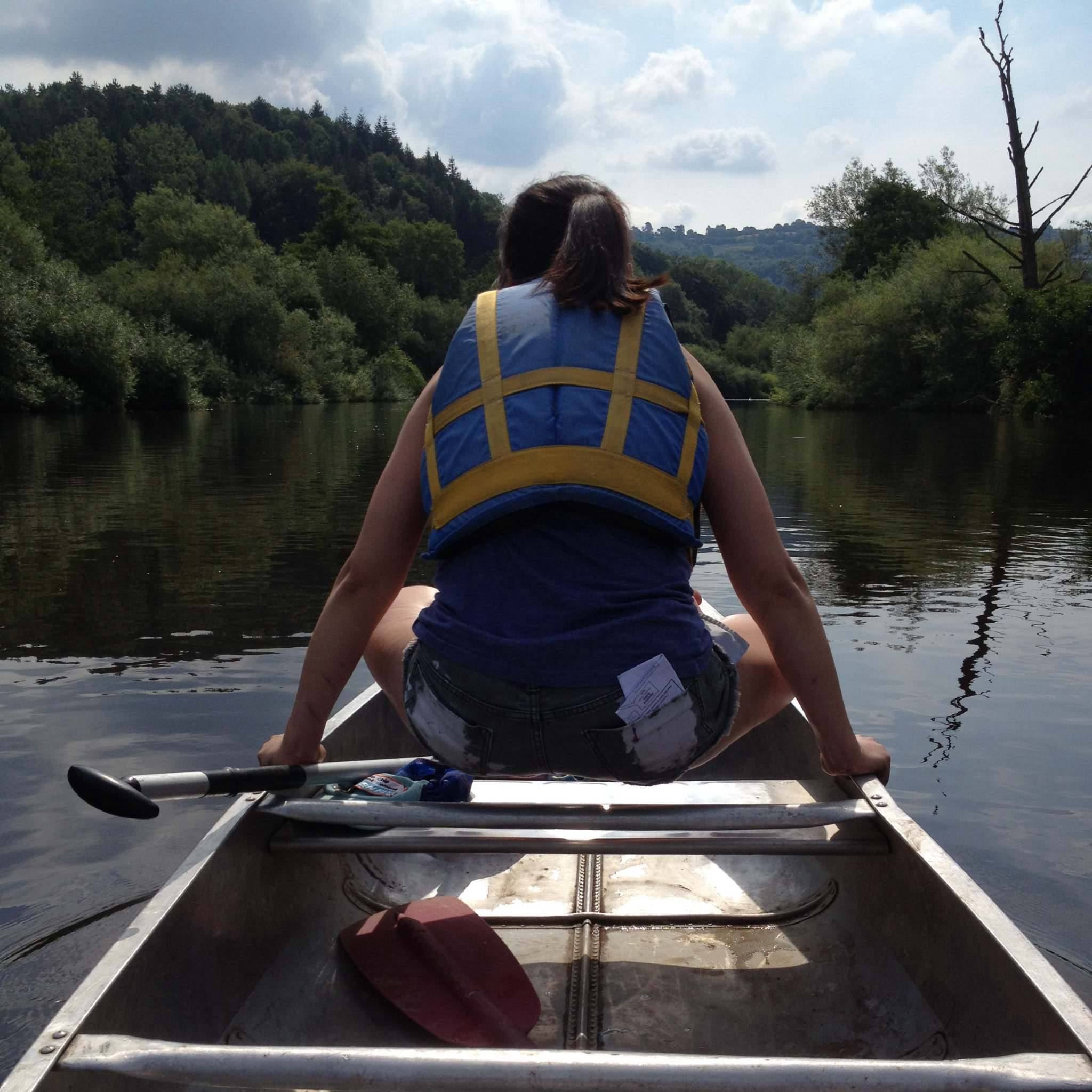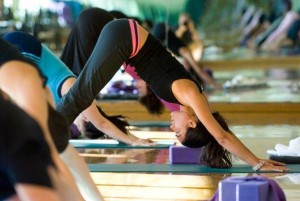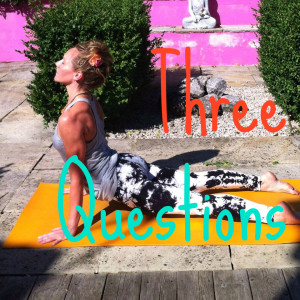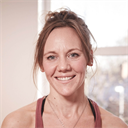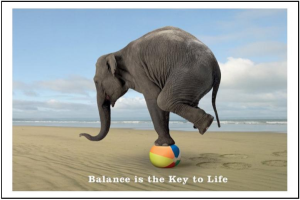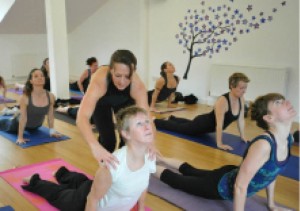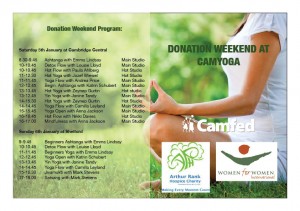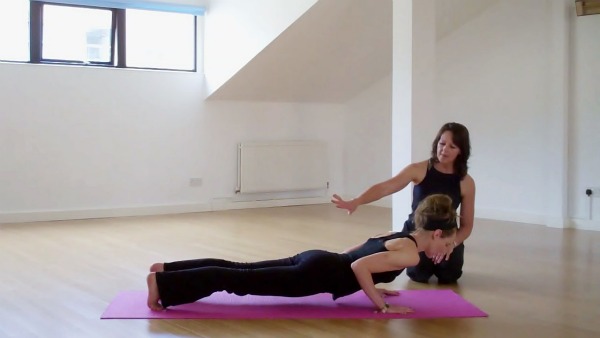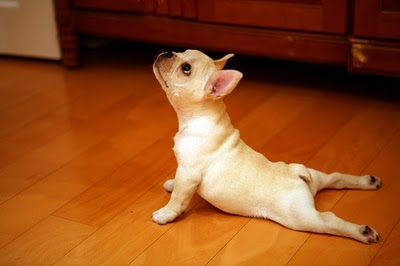What does Yin mean?
Taiji Symbol
Yin and Yang came from the Taoism philosophy. Taoism believes living in harmony with the universe and working with the universe’s natural flow (e.g. rather than trying to be the best, try and be simple).Yin and yang are the polarities of a whole, the complementary opposites of dark and light, cold and hot, soft and hard, female and male that allow all things to come into being. They are the two sides of a coin. One cannot exist without the other. Yin and yang are the vibration of the universe, the energy that informs all life. Together they form Taiji (a.k.a. Samadhi in the eight-fold path of yoga): a state of bliss through infinite potential and oneness. See picture to the left for the Taiji symbol.
As you can see from the picture, Yin (Black) and Yang (White) are not opposites, they are relative to one and other. Where you find Yin, Yang will be there and vice versa.
Yin yoga postures, as created by founder Paulie Zink, are used to actualize the energetic and mystical attributes of various creatures and to stimulate the transformational properties of the five alchemical elements, thus enlivening and harmonizing these qualities within the body and animating the primal spirit that resides within us all. Integrating the power and healing aspects of these energies will help to balance emotions and put one into accord with the true nature of our being.
Traditional Yin Yoga founded by Paulie Zink stems from Hatha Yoga, Taoism philosophy, martial art, Qi Gong and observation of the natural environment. He underwent years of demanding training and esoteric disciplines which he mastered. He has taught thousands of classes since the 1970s, claimed three martial arts grand champions, choreographed routines for music videos and movies and featured in many magazines, articles and documentary programmes (e.g. BBC series “Jerry Hall’s Gurus”).
Elemental Flow and Yin Yoga are both sequences inspired by Paulie’s playful style of teaching that aim to rejuvenate students. Paulie taught me Yin Yoga as he intended it to be, finding Yang within Yin and Yin within Yang balancing the five natural elements. Incorporating continuous, smooth and circular motions that promotes ease, fluidity and grace in the body. Working with both static stretching and dynamic stretching, students are given the option to flow and pause depending on their energy level.
In both Elemental Flow and Yin we will move in a circle and enhance our linear forward and backwards one direction movement in traditional Yoga. We will face all directions that represent the five natural elements and honour each every time we find our circular transition: east wood, south fire, west gold, north water, mother earth and father sky in the centre.
Each week, we will focus on connecting and balancing the five natural elements in both Elemental Flow and Yin Yoga. These five natural elements correspond with the five elements that reside within our own body, fire, earth, metal, water and wood; heart, spleen, lungs, kidneys and liver. The two yoga classes are designed to follow the five element meridian pathway and complement each other. Elemental Flow balance wakens the awareness of all five elements and Yin focusing in depth on one particular element and the corresponding meridian pathway. For example, you might find water warrior challenging; in Yin, we would switch the focus to channelling the water element in our body which we are in excess of or craving for.
What is the idea behind Elemental Flow?
Elemental Flow is designed with an emphasis on nature.
Students are invited to develop a connection to the five elements found within the environment and within the body. Finding harmony between humanity and nature so that we can both thrive. Allowing nature to connect us to a larger system where we can come to terms with what we cannot control and simply follow the order of nature.
By following the order of nature, we are giving up our false sense of control that social media and consumer advertisement is constantly bombarding us with. Giving up the false sense of control over the weather, time, environment, sound, smell, other people, other vehicles, etc. When we give up these false senses of control, we give up our expectation and starting to look inwards with clarity over our behaviour, mindset, body and breath.
Jacky teaches Elemental Flow & Yin on Wednesday evenings at Mitcham's Corner. Click here to get yourself booked in and see her other classes.
About the Author
Jacky Kuo
Like most of the people who come to a CAMYOGA class, Jacky started practicing yoga because something wasn’t feeling right (namely poor posture and stress). Despite her career in Psychology research there simply aren’t enough accessible solutions for better wellbeing other than a weekly evening Ashtanga Classes.
As a student and a yoga teacher, Jacky is passionate about dynamic and energetic practise that allow you to ‘empty’ your mind and focus on alignment that continue off the mat. Jacky received her BWY yoga foundation certificate in October 2013 with Cam Yoga and completed her Ashtanga Vinsayas Flow Teacher Training RYS 200hrs in February 2017 in India.






